What Are The Uses Of Sputtering Targets?
In recent years, the demand for sputtering targets has increased rapidly owing to the accelerated development of coating technology. What applications exist for sputtering target materials?
Decorative Coating
Decorative coating refers primarily to the surface treatment of mobile phones, watches, glasses, sanitary items, hardware parts and other products. These coatings not only provide a pleasing appearance but also supply wear resistance, corrosion resistance and additional functions. As living standards improve, an increasing number of everyday items receive a decorative coating. Consequently, the demand for decorative coating materials grows each day. The principal types of coating materials include Chrome-, Tantal-, Zirconium-, Nickel-, Tungsten-, Titanium- and Stainless Steel targets.
Glass Coating
Target materials are used in glass processing to manufacture low-radiation coated glass. This type of glass fulfils the functions of energy saving, light control and decoration by applying a multilayer film onto the glass using the magnetron sputtering process. Traditional construction glass is gradually being replaced by energy-saving glass given the increasing demand for energy conservation, reduced emissions and enhanced quality of life. As a result, nearly all major glass processing companies are expanding their production lines for coated glass. Consequently, the demand for coating target materials is also increasing. The principal types of target materials for glass coating include Silver targets, Chrome targets, Titanium targets, Nickel-Chrome targets, Zinc-Tin targets, Silicon-Aluminium targets and Titanium Oxide targets.
Another important application of target materials in glass involves the manufacture of car rear-view mirrors, which primarily utilise Chrome targets, Aluminium targets and Titanium Oxide targets. Many companies have shifted from the aluminium coating process to the vacuum sputter chrome coating process given that automotive rear-view mirrors are subject to ongoing refinement.
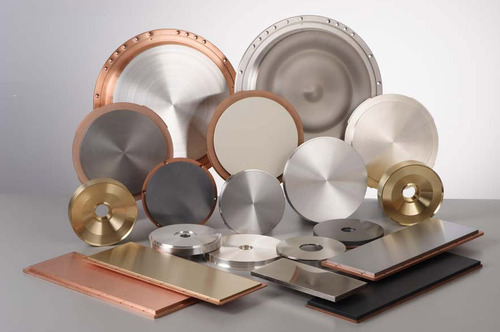
Tool Coating
Tool coating is applied to reinforce the surfaces of tools and moulds. This process extends the service life of the tools and moulds and improves the quality of the processed parts. Development in the aerospace and automotive sectors has led to improvements in technological processes and production efficiency across global manufacturing. As a result, the demand for high-performance tools and moulds is increasing day by day. According to statistics, tool coating accounts for over 90% of the coating used for processing in industrial countries. The main types of target materials used for coating industrial tools include Titanium-Aluminium targets, Chrome-Aluminium targets, Chrome targets and Titanium targets.
Solar Cell Coating
Due to a reduction in energy sourced from traditional petrochemical materials, attention has shifted to renewable energy. Solar cells are now classified as third-generation devices. The first generation consists of monocrystalline silicon solar cells, the second generation comprises amorphous silicon and polycrystalline silicon solar cells, while the third generation features thin-film solar cells, represented by CIGS. The main targets for solar cell coating include Zinc Oxide-Aluminium targets, Zinc Oxide targets, Zinc-Aluminium targets, Molybdenum targets, Cadmium Sulphide targets, and Copper-Indium-Gallium-Selenide targets, among others.
The growth of the global low-carbon economy has provided clear prospects for the development of new energy and novel materials. All major suppliers of target materials worldwide regard solar cell coating materials as an important research and development focus, and the volume of solar cell coating applications has increased rapidly.

 Bars
Bars
 Beads & Spheres
Beads & Spheres
 Bolts & Nuts
Bolts & Nuts
 Crucibles
Crucibles
 Discs
Discs
 Fibers & Fabrics
Fibers & Fabrics
 Films
Films
 Flake
Flake
 Foams
Foams
 Foil
Foil
 Granules
Granules
 Honeycombs
Honeycombs
 Ink
Ink
 Laminate
Laminate
 Lumps
Lumps
 Meshes
Meshes
 Metallised Film
Metallised Film
 Plate
Plate
 Powders
Powders
 Rod
Rod
 Sheets
Sheets
 Single Crystals
Single Crystals
 Sputtering Target
Sputtering Target
 Tubes
Tubes
 Washer
Washer
 Wires
Wires
 Converters & Calculators
Converters & Calculators
 Write for Us
Write for Us
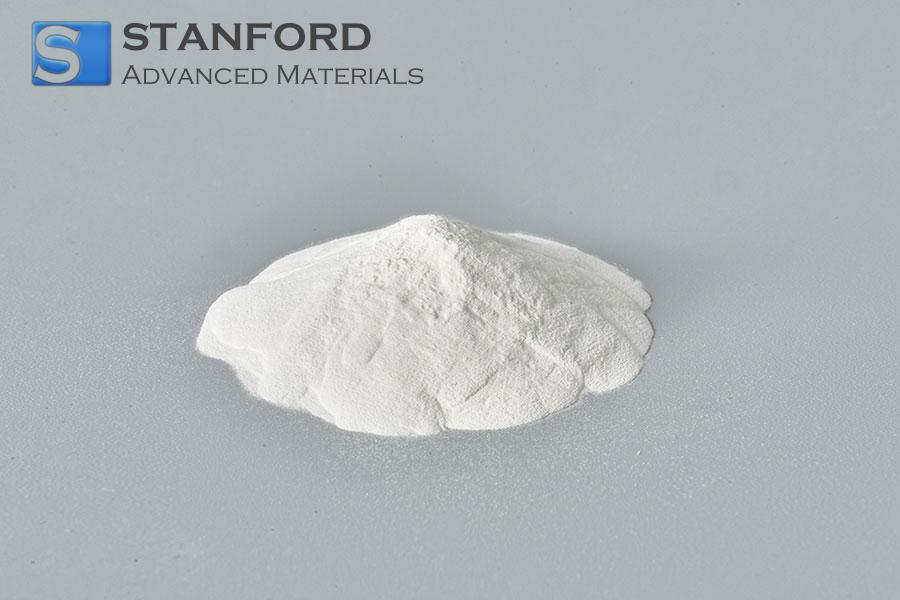
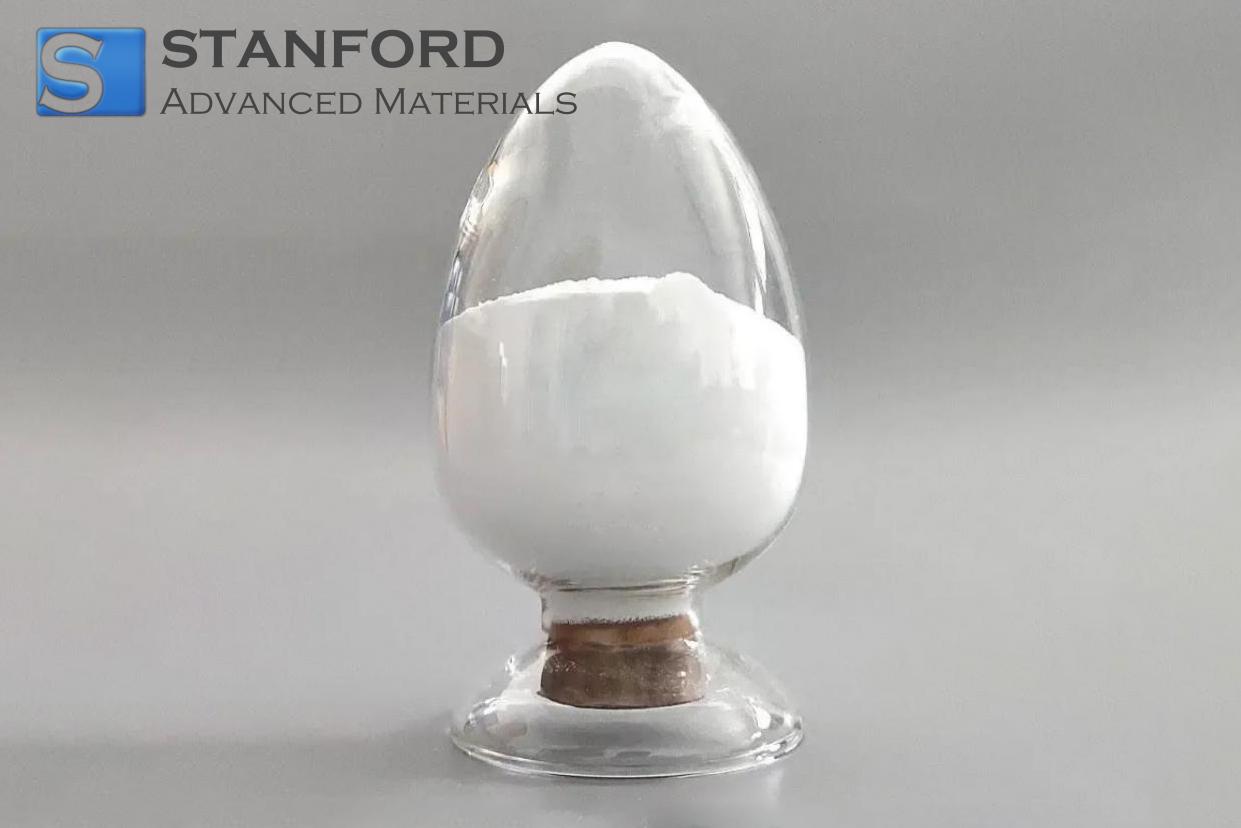
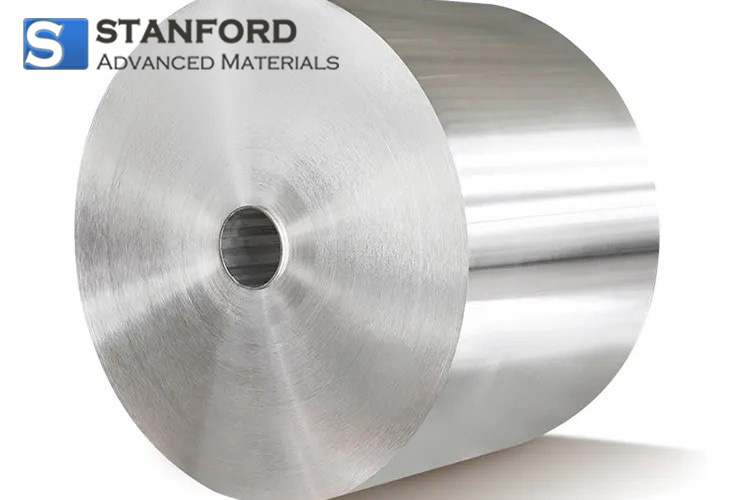
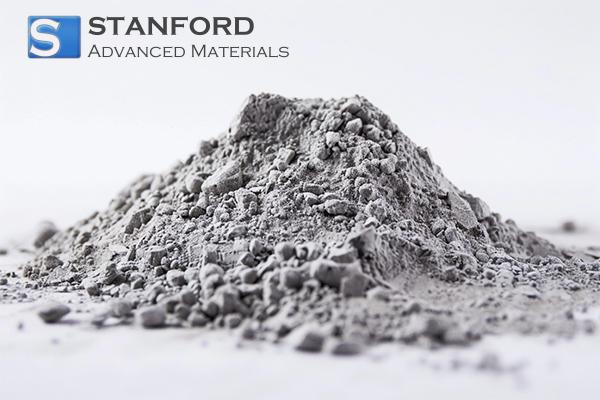
 Chin Trento
Chin Trento


